Growing older comes with its perks—wisdom, freedom, and hopefully, more time to enjoy life. But if your home is starting to feel more like a burden than a blessing, it might be sending you subtle signals that it’s no longer the right fit. Whether it’s the stairs you’re avoiding or the silence that feels more isolating than peaceful, these signs can creep in slowly. Here are 15 red flags your home may no longer be the best place to enjoy your golden years.
1. You’re Avoiding the Stairs
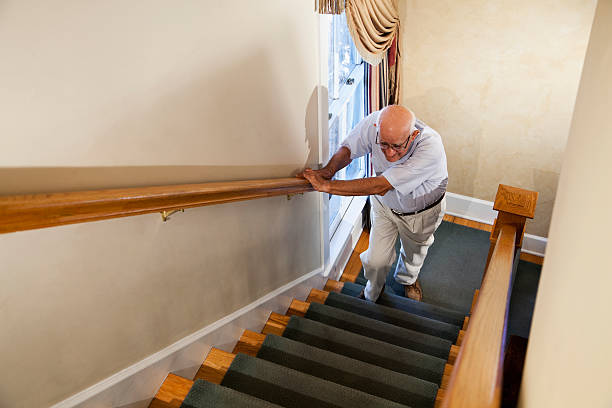
If you’re suddenly skipping trips upstairs or planning your day around minimizing stair use, it’s a sign your home might not be aging with you. Mobility challenges can make multi-level homes exhausting and dangerous. What once felt like a minor inconvenience can quickly become a daily burden, says AARP. The more you avoid those stairs, the clearer the message: your home is no longer a match.
This doesn’t mean you’re slowing down—it means your environment isn’t keeping up. As energy and balance shift, it’s smart to reassess layout and accessibility. Retrofitting stairs with lifts can be costly and intrusive. Sometimes, moving to a single-level space is the more sustainable choice.
2. Your Bathroom Feels Like an Obstacle Course
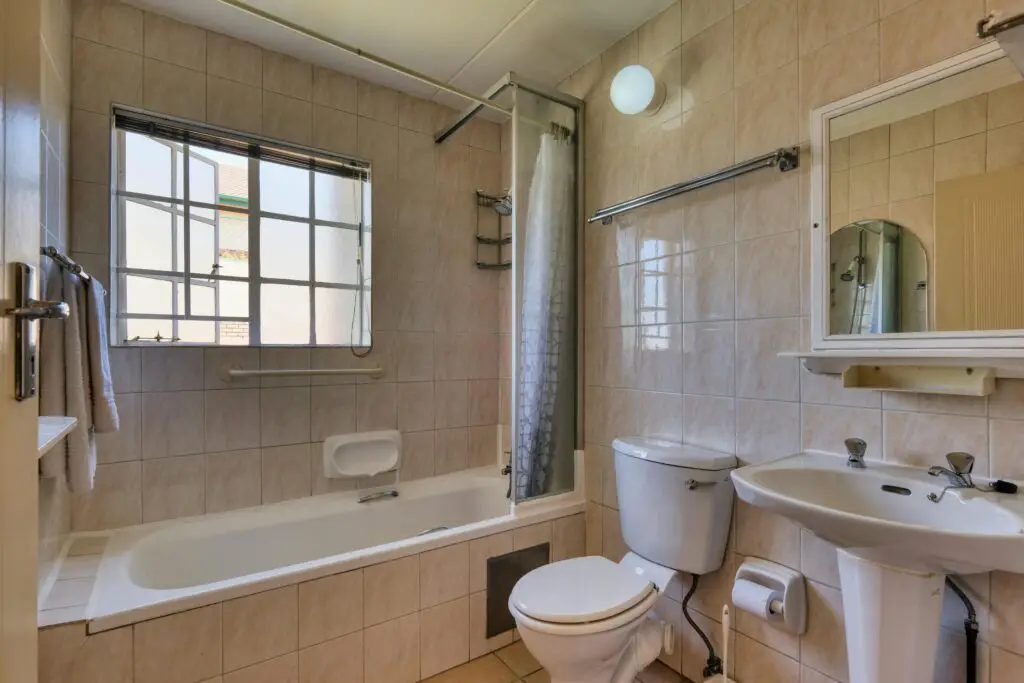
Bathrooms with narrow entryways, step-in tubs, and slippery tile can go from inconvenient to risky as you age. If bathing or using the toilet requires creative maneuvering or constant caution, that’s a red flag. These issues are often overlooked until they cause injury, says Banner Health. Your home should adapt to your needs—not vice versa.
Wider doorways, grab bars, and walk-in showers are essentials, not luxuries. If your current setup can’t accommodate these modifications, it might not be fit for your golden years. Safety should never be sacrificed for sentimentality. Your health deserves a supportive layout.
3. Maintenance Feels Like a Full-Time Job
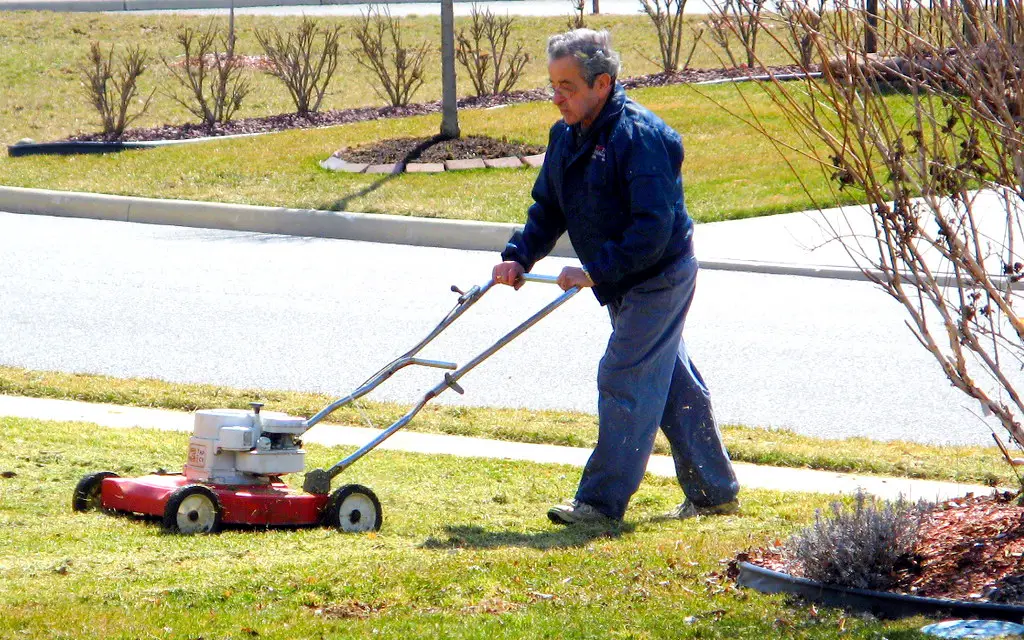
If tending the yard, cleaning gutters, or even replacing filters is beginning to feel overwhelming, your home may be too much house. Regular upkeep becomes a hassle, especially if you’re managing it alone. What used to be satisfying weekend tasks now require hired help or get deferred. HomeServe notes that mounting list isn’t just inconvenient—it’s a sign of mismatch.
As homes age, their demands increase. You might be pouring time, energy, and money into systems that no longer serve your lifestyle. Downsizing doesn’t mean giving up independence—it means reclaiming it. A simpler home often brings more peace.
4. The Neighborhood No Longer Feels Familiar
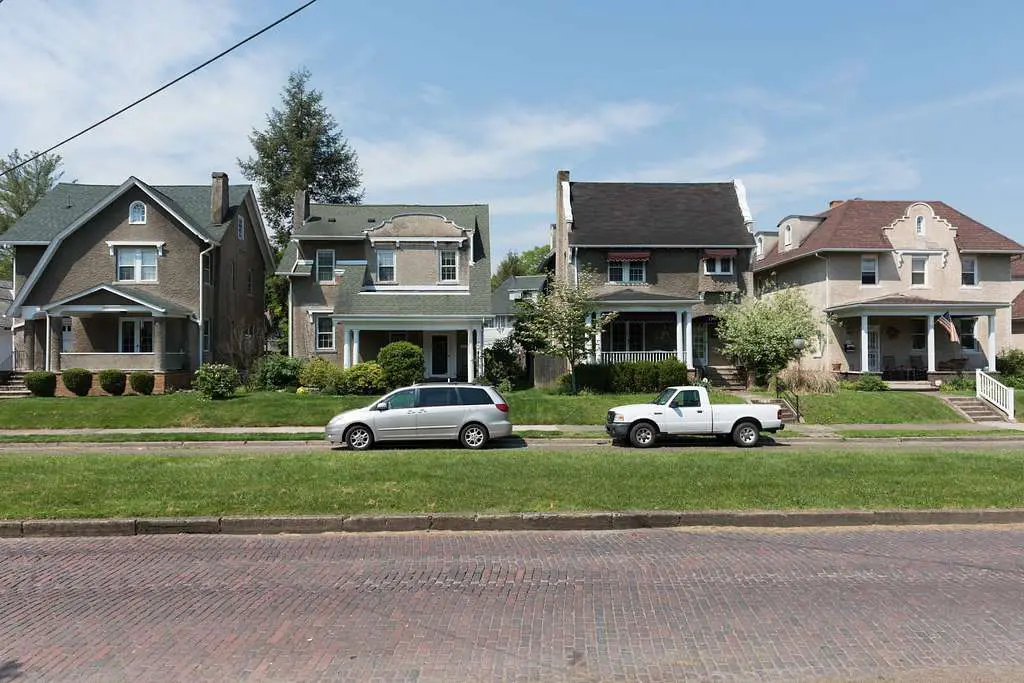
Over the years, communities evolve—and not always in ways that support aging residents. If your neighbors have moved, services have changed, or noise levels have increased, the place might not feel like home anymore. Emotional detachment from your surroundings is a subtle cue, says Population Reference Bureau. What was once a vibrant setting may now feel isolating.
Local grocery stores, clinics, or gathering spaces may have shut down or relocated. Without accessible community support, staying put becomes harder. Aging in place is only ideal when the place itself still supports your needs. Sometimes, a move brings you closer to the lifestyle you want.
5. You Rarely Use Most of the House
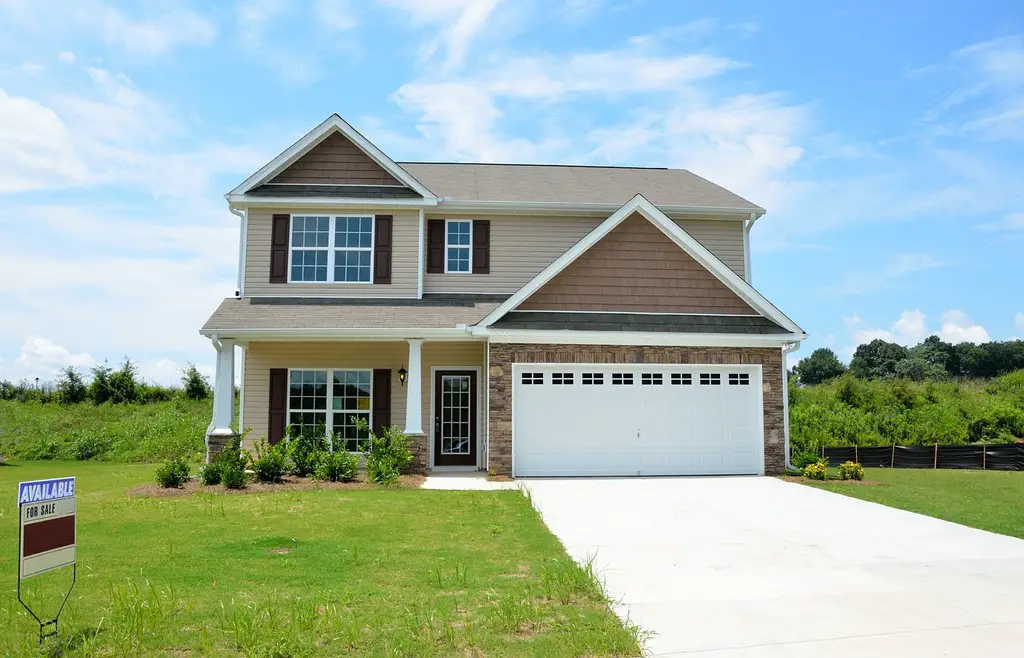
If entire rooms sit unused—like that second living area or guest suite—it’s worth questioning their value. Square footage costs money in taxes, heating, cooling, and cleaning. An empty space is not just wasted—it’s silently draining your resources. That kind of inefficiency is a sign the house has outgrown you.
It’s common to cling to memories tied to those rooms, but memories aren’t tied to square footage. Downsizing can preserve the past while simplifying the future. Living comfortably doesn’t mean living large. The right-sized home feels full even when it’s small.
6. Your Home Isn’t Near Medical Services

Proximity to reliable healthcare becomes increasingly important with age. If your current location makes doctor visits or emergencies a logistical nightmare, it’s worth reevaluating. Long commutes or poor public transit options add stress when you least need it. A home should bring comfort—not risk.
Consider how quickly help could reach you in an emergency. Rural charm loses its luster when paired with inaccessible services. Relocating closer to medical centers isn’t a downgrade—it’s a wise move. Your health deserves convenience.
7. You’re Starting to Feel Isolated
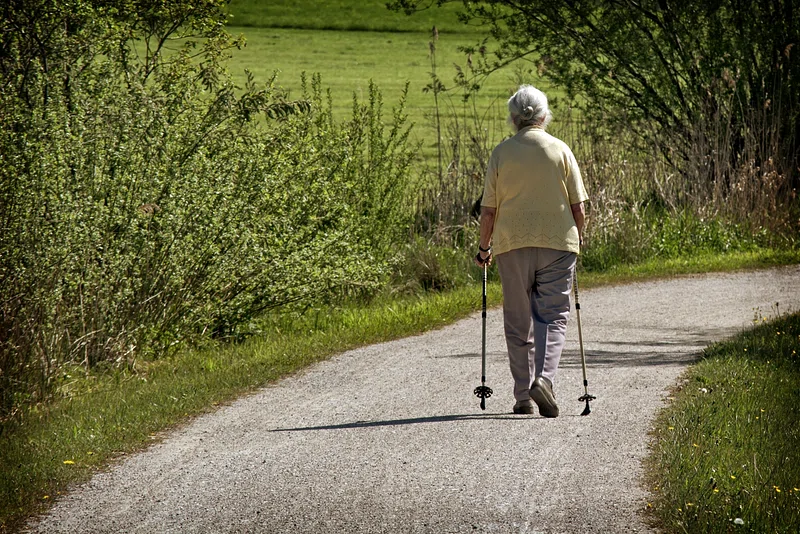
Even the coziest home can become a trap if it cuts you off from social life. If your friends have moved, or you’re relying more on screens than visits, that’s a signal. Human connection is vital at every age, but especially in your golden years. A home that fosters loneliness isn’t serving your well-being.
You may also find yourself dreading errands or appointments due to distance or mobility concerns. That hesitation shrinks your world over time. A better-located home can open up more than space—it can open your calendar. Companionship should be easier, not harder, to maintain.
8. You’re Constantly Adjusting the Temperature
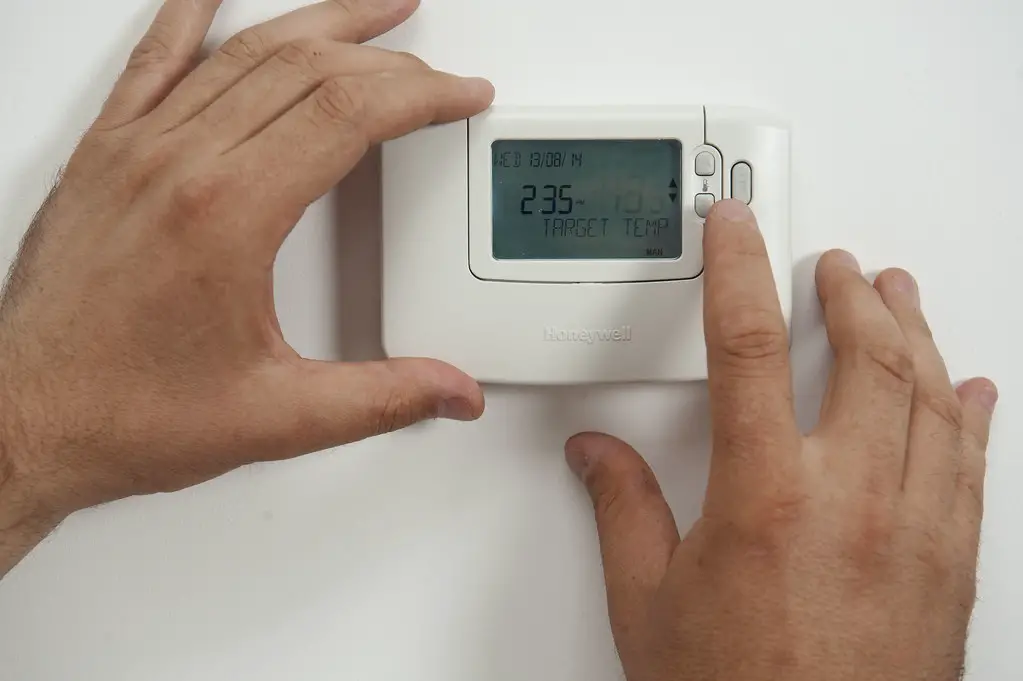
If you’re always too hot in summer or freezing in winter, your home’s insulation or HVAC system may be outdated. Temperature discomfort isn’t just annoying—it can be dangerous as you age. Older homes often struggle to maintain a safe internal climate. Overcompensating with space heaters or fans isn’t a sustainable solution.
These fluctuations also drive up energy bills. If your utilities are spiking and comfort is still lacking, the problem may be structural. A newer or smaller home may offer better efficiency. Comfort should be consistent, not seasonal.
9. Emergency Exits Are Complicated
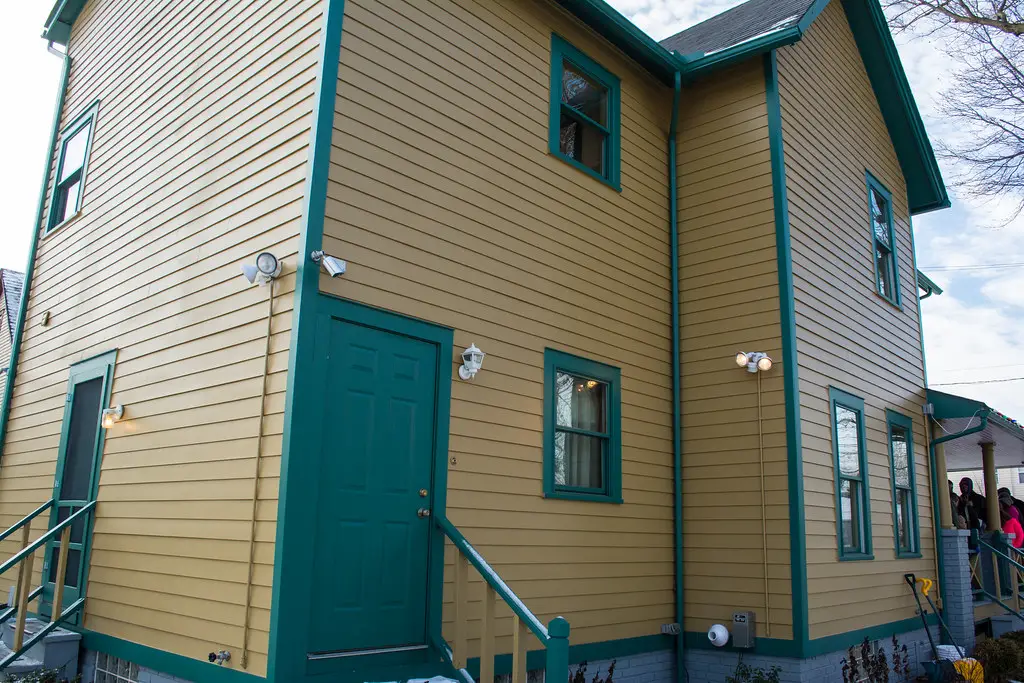
In an emergency, every second counts—and your home’s layout should reflect that. Complex pathways, narrow doors, or locked gates can slow you down when you need to act fast. These hidden hazards don’t become apparent until it’s too late. A safe home is an easily navigable one.
This applies to fires, natural disasters, or even medical events. If your house has awkward exit routes or requires steps to leave quickly, it may not be fit for aging in place. Accessibility must include urgency. Your safety can’t be optional.
10. Your Storage Is Out of Reach
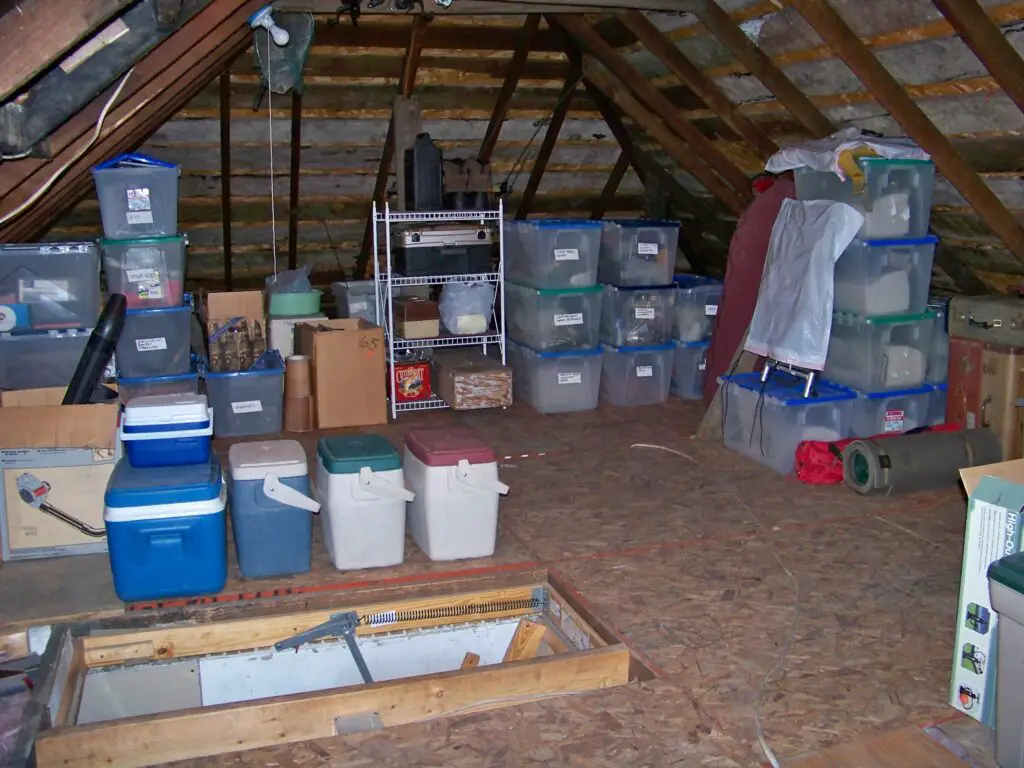
If you’re balancing on stools to reach kitchen cabinets or crouching deep into closets, the design isn’t aging-friendly. Storage should be accessible without risk or effort. These daily inconveniences pile up into frustration. A home should support ease, not test your flexibility.
Kitchens and closets are often built with younger, taller bodies in mind. Customization is possible but expensive and intrusive. Sometimes it’s easier to move to a space already designed for long-term use. Functionality beats familiarity when it comes to storage.
11. Lighting Is Inadequate or Harsh
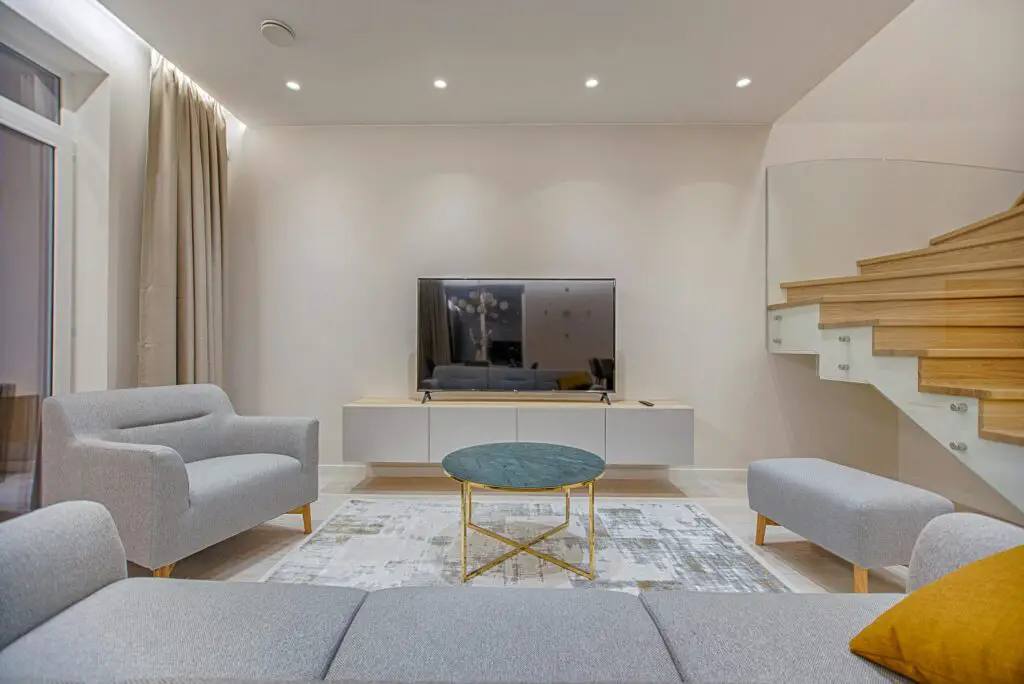
Dim corners, poorly lit hallways, or old overhead fixtures can all become safety hazards over time. Good lighting prevents falls and improves mood and sleep. If you’re squinting in your favorite reading nook or avoiding certain rooms at night, that’s a problem. A home should be a beacon, not a shadow.
Upgrades are possible, but not always cost-effective in older homes. Energy-efficient lighting in a newer layout may solve the problem more easily. A well-lit environment promotes alertness and security. Never underestimate the power of clarity.
12. You Dread Cleaning
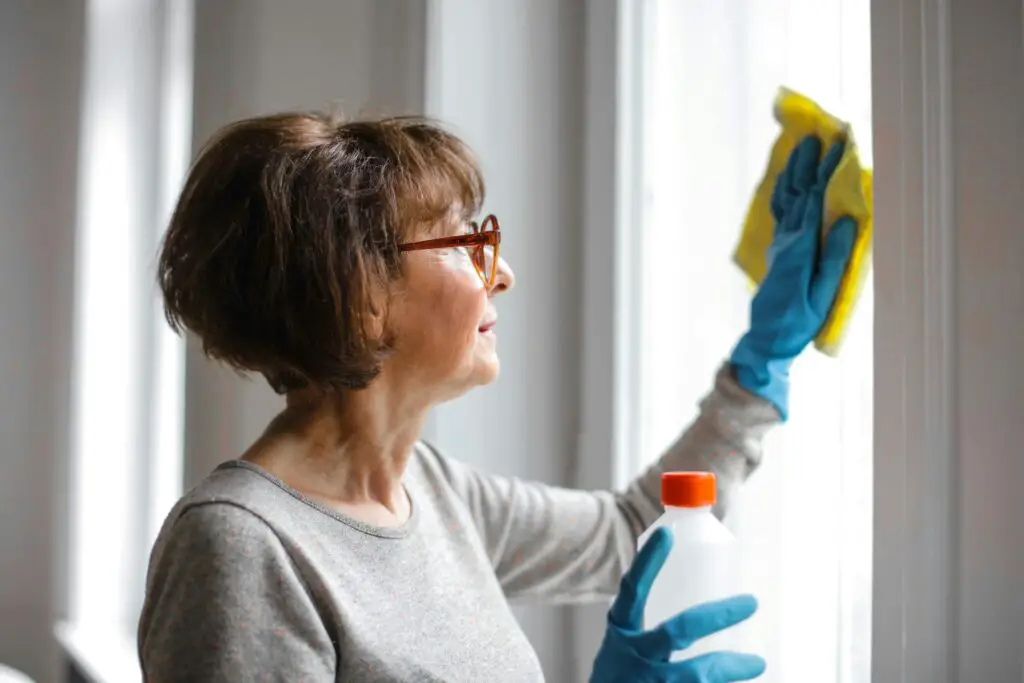
If cleaning has become exhausting, painful, or just overwhelming, your house may be working against you. Sprawling layouts, high windows, and old flooring can all require more care than they’re worth. A tidy home shouldn’t feel like an endless battle. That dread is your body asking for a break.
This is especially true if you’re hiring cleaners more often or skipping chores altogether. You may feel guilty, but the issue isn’t effort—it’s design. Smaller, more modern spaces can restore your independence. Home should feel manageable again.
13. You Feel Trapped by Stairs or Basements
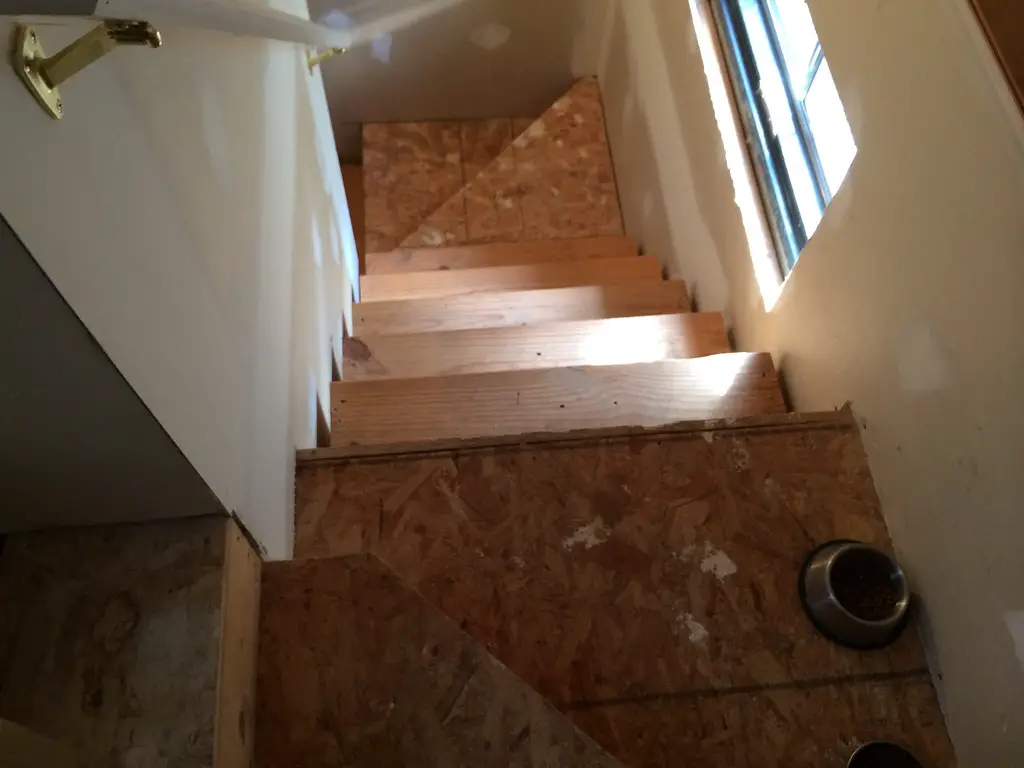
Split-level and basement-heavy designs become increasingly challenging as mobility decreases. If you’re hesitant to use certain parts of your home due to steps, that’s a red flag. Fear of falling often results in loss of freedom. A good home shouldn’t make you feel confined.
Temporary solutions like handrails or chair lifts aren’t always sufficient. These fixes still rely on a body that can adapt. Ideally, your home would require no workaround at all. Full accessibility should come built-in.
14. Repairs Are Becoming Frequent
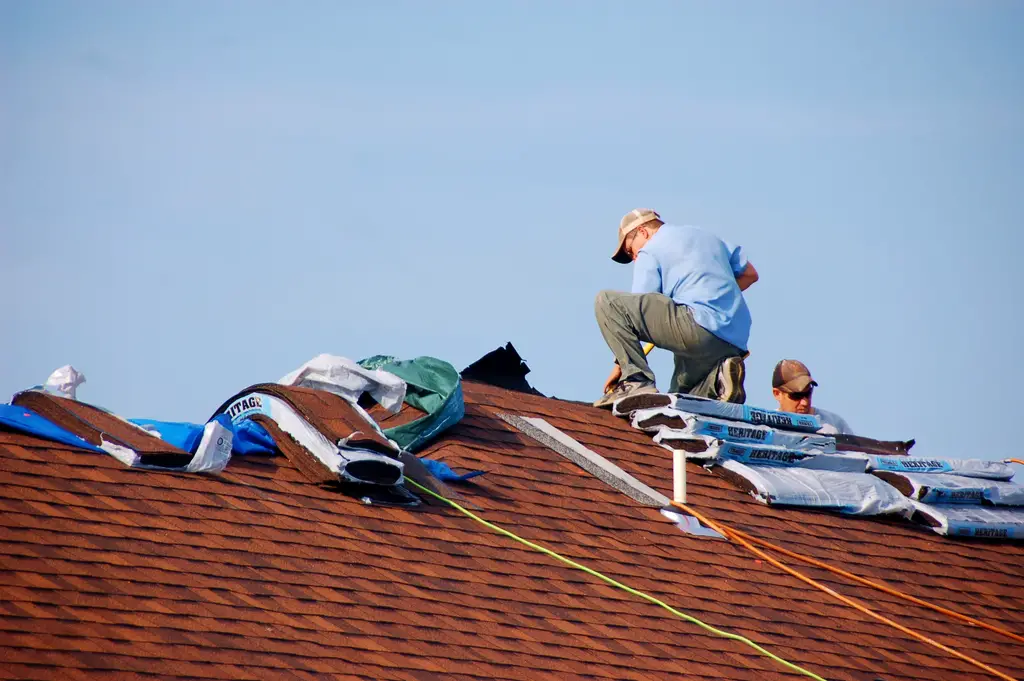
If it feels like something’s always breaking—from leaky pipes to drafty windows—you may be in a money pit. Constant repair needs drain more than your wallet—they steal your peace of mind. Older homes require care, but there’s a point when upkeep becomes unsustainable. That turning point is worth noticing.
Ask yourself if repairs are predictable or constant surprises. Unexpected breakdowns make daily life stressful. Modern construction standards offer fewer headaches. Your golden years deserve fewer curveballs.
15. You’re Just Not Happy Anymore
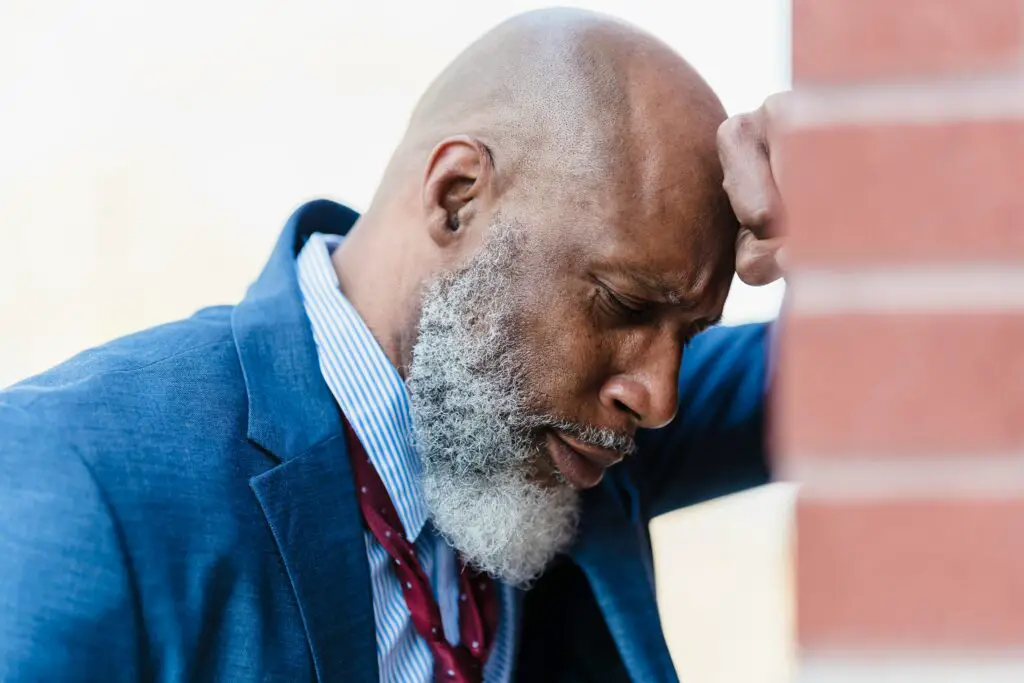
Sometimes, the biggest red flag isn’t physical—it’s emotional. If your home no longer brings joy, security, or comfort, something has shifted. The walls may be familiar, but the feeling is off. You deserve a space that uplifts you.
Letting go isn’t failure—it’s self-care. Moving on can mean moving forward into a phase of ease and possibility. A house is just a shell; your happiness is the home. Listen to your instincts—they usually know when it’s time.
